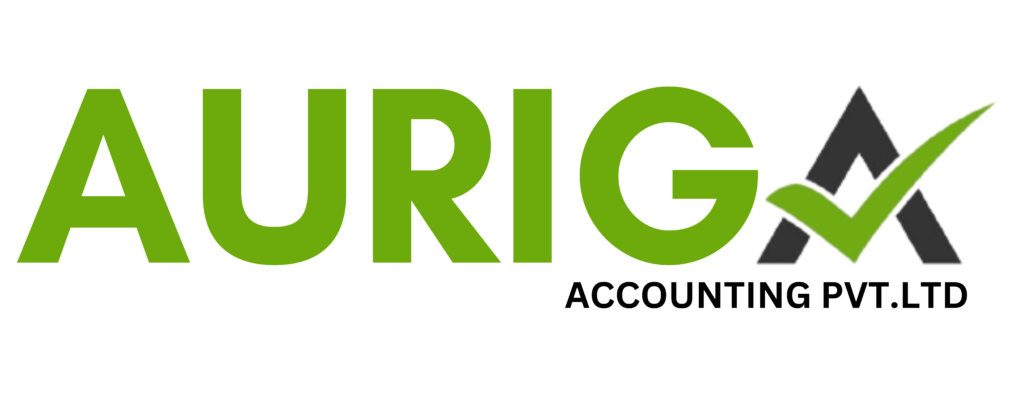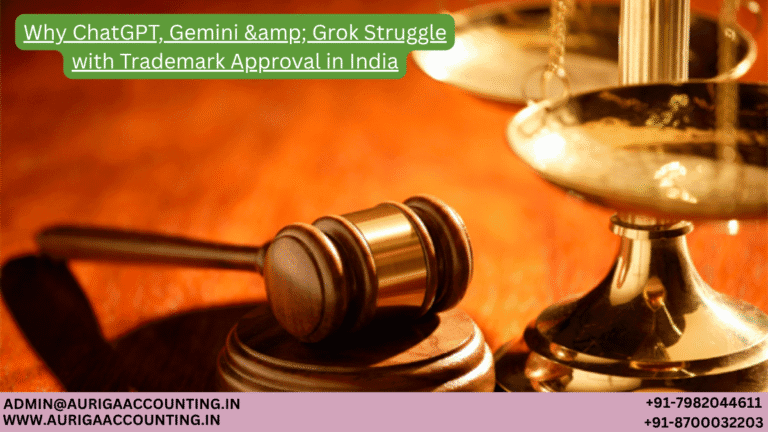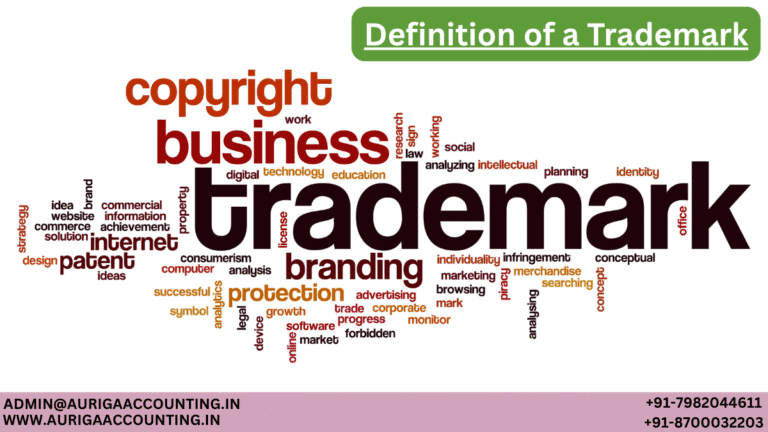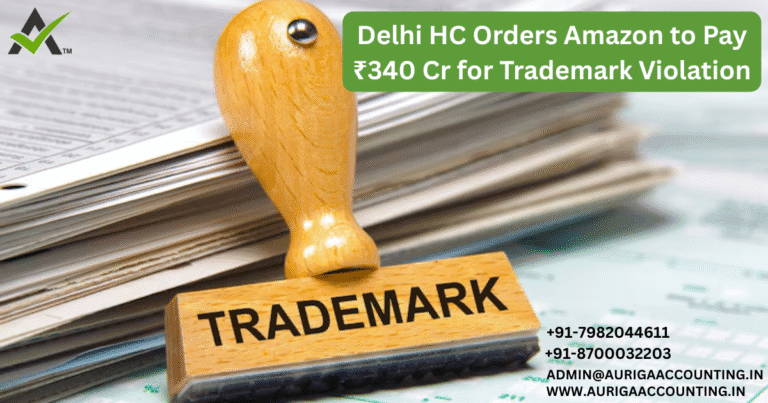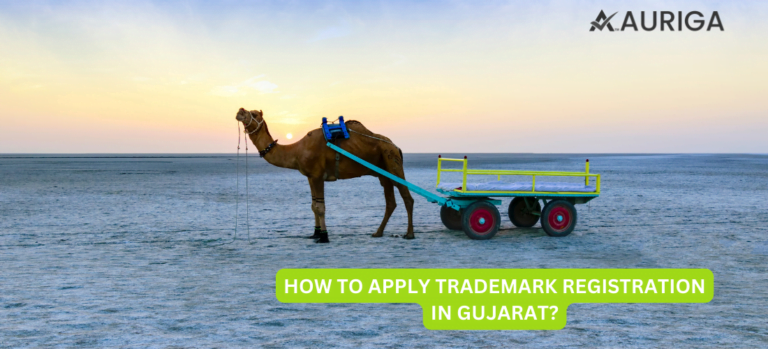Rohit is a skilled writer renowned for simplifying complex legal concepts into clear, actionable insights. His work empowers entrepreneurs with essential legal knowledge, enabling them to start and manage their businesses with confidence and clarity.
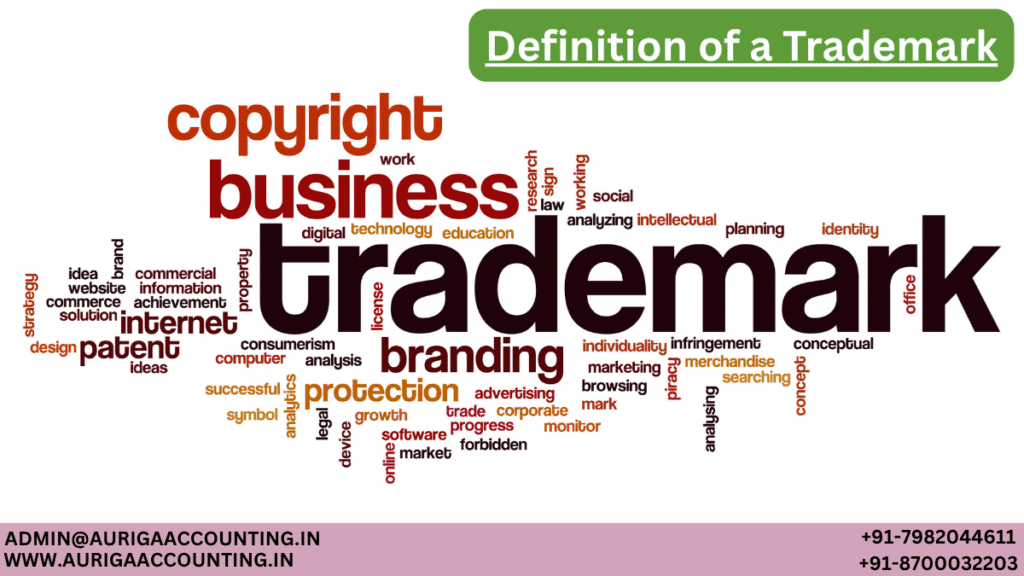
Definition of a Trademark
Introduction
ToggleWhen you think of popular brands, iconic logos and catchy slogans often come to mind—like the Tata logo or Amul’s famous tagline, “The Taste of India.” These memorable elements aren’t just creative designs; they are trademarks, powerful tools that companies use to build recognition and trust. A trademark is a form of intellectual property that sets your brand apart from competitors. It protects your brand’s identity—be it a name, logo, or slogan—from unauthorized use.
In this article, we’ll define what a trademark is, explore its different types, and explain why it’s essential for brand protection.
Ready to protect your brand? Register your trademark with IndiaFilings. Contact our experts today for a smooth, hassle-free process!
Definition of Trademark in India
In India, trademarks are governed by the Trademarks Act, 1999 and the Trade Marks Rules, 2017. According to the legal definition, a trademark is:
“A mark capable of distinguishing the goods or services of one person from those of others. It includes a device, brand, heading, label, ticket, name, signature, word, letter, numeral, shape of goods, packaging, or combination of colours or any combination thereof”.
Meaning of Trademark
As per Section 2(m) of the Trademarks Act, 1999, a trademark refers to a visual representation that may include:
A brand or device
Heading, ticket, or label
Name, word, or signature
Letter, numeral, or shape of goods
Packaging or a combination of colours
Or any combination of the above elements
In practical terms, a trademark serves as a visual symbol—such as a name, logo, or design—that helps consumers identify the source of a product or service. It may include:
Words or phrases
Signatures
Numerals
Geometric shapes
Monograms
Logos with colour combinations
Even distinct sound marks
Trademark Definition and Examples
A trademark is a distinctive symbol, sign, word, or combination thereof that businesses use to set their products or services apart from others in the marketplace. It plays a crucial role in establishing brand identity, customer recognition, and legal protection.
From a legal standpoint, a trademark is any word, name, symbol, design, or combination that distinguishes the source of goods or services. Once registered, the owner gains exclusive rights to use the mark and can prevent others from using similar marks that may confuse consumers.
Examples of Well-Known Trademarks in India:
Amul – Famous for its slogan “The Taste of India” and the Amul Girl mascot
Tata – Its logo represents trust and legacy across industries
Reliance Jio – Recognizable through its vibrant and dynamic logo
Parle-G – Iconic yellow-and-white packaging associated with biscuits
Godrej – Known for its colourful and distinctive logo
Mahindra – Symbolises innovation in automobiles and agriculture
Airtel – The red wave logo and jingles mark its telecom identity
Royal Enfield – Globally recognised for its heritage crest-style logo
Bajaj – Represented by its bold “B” logo in motorcycles and appliances
Asian Paints – A leader in paints with memorable branding
Haldiram’s – Known for its traditional snacks and visual branding
Raymond – Classic red logo with the tagline “The Complete Man”
Zomato – Simple yet strong logo in the food delivery space
Kingfisher – The vibrant bird symbol for beverages and aviation
LIC – The trusted emblem of life insurance in India
Key Functions of a Trademark
Identifies the Source
A trademark helps consumers quickly identify the origin of a product or service.Offers Legal Protection
Registration grants exclusive rights and legal remedies in case of unauthorized use.Prevents Counterfeiting and Infringement
It acts as a shield against brand misuse, imitations, and fraudulent practices
What Can Be Trademarked in India?
In India, the following can be registered as trademarks:
Business Names – Protect your company’s identity
Product Names – Secure specific product branding
Logos or Symbols – Trademark your unique visual identifiers
Unique Designs or Shapes – Protect distinctive packaging or product shape
Sounds – Trademark signature audio elements (e.g., jingles, notes)
Colour Combinations – Exclusive colour schemes associated with your brand
Product Packaging – Unique layouts and designs can be protected
By trademarking these elements, businesses gain the legal tools necessary to protect their brand’s identity and market position
Types of Trademarks
Trademarks come in various forms, each designed to protect different aspects of a brand’s identity. Below are the main types of trademarks recognized in India and internationally:
1. Word Mark
A word mark protects the textual elements of a brand. This includes business names, product names, slogans, or any combination of words used to identify a product or service. Protection is granted for the words themselves, regardless of their font, style, or color.
Example: Apple, Nike, Infosys
2. Logo or Device Mark
A logo/device mark protects graphical elements such as images, designs, or symbols that represent a brand. These marks may not include any text and focus solely on visual identity.
Example: The Nike Swoosh, McDonald’s Golden Arches
3. Combination Mark
A combination mark consists of both text and a design element. It merges a word mark with a logo, creating a distinct trademark that identifies the brand through both visual and verbal cues.
Example: Coca-Cola (stylized script + name), Adidas (word + three stripes)
4. Shape Mark
A shape mark protects the three-dimensional shape of a product or its packaging when the shape itself serves as a distinctive brand identifier.
Example: The contoured Coca-Cola bottle, the triangular Toblerone bar
5. Colour Mark
A colour mark protects a specific colour or combination of colours uniquely associated with a brand. To qualify, the colour must have acquired distinctiveness and be instantly recognizable by consumers.
Example: Cadbury’s purple, Tiffany’s blue
6. Sound Mark
A sound mark protects distinctive audio elements—such as jingles, musical tones, or other sounds—that are directly associated with a brand and distinguish it in the marketplace.
Example: The Intel jingle, the Nokia ringtone
7. Motion Mark
A motion mark protects moving images or animations that are used as brand identifiers. These could include video logos or animated sequences.
Example: The animated 20th Century Fox logo, the MGM lion roar
8. Collective Mark
A collective mark is used by members of an organization or group to indicate their membership and distinguish their goods or services from those of non-members.
Example: The Good Housekeeping Seal, CA for Chartered Accountants
9. Certification Mark
A certification mark signifies that a product or service meets specific standards set by a certifying body. It indicates compliance with quality, origin, or material standards but is not used for the certifier’s own goods or services.
Example: ISO certification, Woolmark for wool products
Common Misconceptions About Trademarks
1. A Trademark Doesn’t Grant Absolute Ownership
A common misunderstanding is that registering a trademark gives you total ownership over a word, phrase, or image. In reality, trademark protection applies only in the context of the specific goods or services for which it is registered. For instance, if you trademark a logo for a woodworking business, it doesn’t stop others from using a similar design in unrelated industries.
2. Descriptive Trademarks Offer Weak Protection
Many believe that simply describing the product or service makes for a good trademark (e.g., “Fresh Milk” for dairy products). However, descriptive marks are difficult to protect because they lack uniqueness and can easily be confused with other generic terms. Strong trademarks are distinctive, creative, and memorable, offering better legal protection and brand recognition.
What is a Registered Trademark?
A registered trademark is a mark that has been officially recorded with the Trademarks Registry under the Trademarks Act, 1999. Once registered, the owner obtains exclusive legal rights to use the trademark in connection with the specific goods or services listed in the registration.
How to Protect a Trademark in India
To effectively protect a trademark in India, follow these key steps:
Register Your Trademark: File with the Indian Trademark Office to gain exclusive usage rights.
Use It Consistently: Consistent commercial use strengthens your claim, even for unregistered trademarks under common law.
Monitor the Market: Regularly check for unauthorised usage or imitations.
Enforce Your Rights: Take action through cease-and-desist letters or legal proceedings if infringement occurs.
Renew Regularly: Trademarks must be renewed every 10 years to maintain legal protection.
Trademark Symbols in India: TM, SM, and ®
Understanding trademark symbols helps you communicate the legal status of your brand assets:
™ (Trademark): Indicates an unregistered trademark for goods. Used when an application is pending or when registration hasn’t been sought.
℠ (Service Mark): Similar to ™ but applies to services. Used to claim service-related marks before or without registration.
® (Registered Trademark): Can only be used after official registration. It signifies legal protection and grants exclusive rights. Misusing this symbol without registration is punishable by law
Procedure for Registering a Trademark in India
Here’s a step-by-step overview of the trademark registration process:
Conduct a Trademark Search
Use the Indian Trademark Registry’s database to ensure your desired mark is unique and not already registered.Prepare the Application
Include details such as:Applicant’s name and address
Trademark design or logo
Description of goods/services
Class of trademark (based on the NICE Classification system)
File the Application
Submit online through the official IP India website or file physically with the appropriate office based on your region (Delhi, Mumbai, Kolkata, or Chennai).Examination of the Application
The Registrar reviews the application for compliance and potential conflicts. If objections arise, a response must be filed.Publication in the Trademark Journal
If approved, the trademark is published for public viewing. Third parties have 4 months to raise objections.Opposition Process (if applicable)
If opposed, both parties can present their cases. A hearing may be conducted before a final decision is made.Trademark Registration
If no opposition is filed—or if resolved in your favour—you’ll receive a Registration Certificate. The trademark is now valid for 10 years.Trademark Renewal
Must be renewed every 10 years to retain rights. Failing to renew may lead to cancellation of protection
Definitions: Patent, Copyright, and Trademark
Patent
A patent gives inventors exclusive rights over a new product, process, or technology. It prevents others from using, selling, or making the invention without permission for up to 20 years.
Example: A new drug formula or a cutting-edge battery design.
Copyright
Copyright protects original creative works such as literature, music, films, software, and artwork. It gives the creator the exclusive right to reproduce and distribute their work.
Duration (India): Life of the author + 60 years
Examples: Books, movies, paintings, website content, music compositions.
Trademark
A trademark identifies the source of goods or services using a unique word, logo, symbol, or combination. It helps consumers distinguish one brand from another.
Examples:
Amul – “The Taste of India” slogan
LIC – Emblem with hands and flame
Parle-G – Iconic packaging and name
About the Author
Rohit
August 31, 2025
new
June 10, 2025
October 3, 2023
October 3, 2023
October 3, 2023
October 3, 2023
October 3, 2023
October 3, 2023
October 3, 2023
September 30, 2023
September 30, 2023
September 30, 2023
September 30, 2023
September 30, 2023
September 30, 2023
September 30, 2023
September 30, 2023
September 29, 2023
September 29, 2023
September 29, 2023
September 29, 2023
September 29, 2023
September 27, 2023
September 27, 2023
September 27, 2023
September 27, 2023
September 27, 2023
September 27, 2023
September 27, 2023
September 25, 2023
September 25, 2023
September 25, 2023
RELATED ARTICLES
Definition...
Delhi HC Orders...
HOW TO APPLY...
HOW TO APPLY...
HOW TO APPLY...
No posts found


